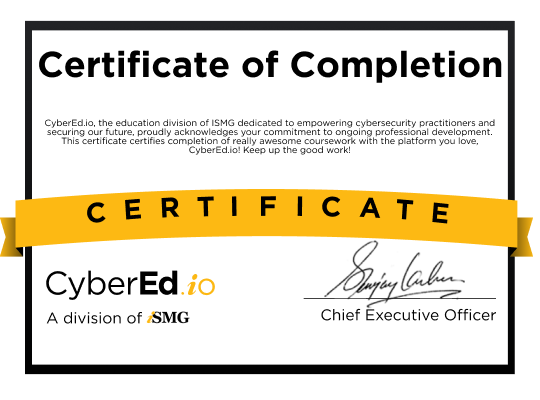A Threat Intelligence Analyst is responsible for identifying, analyzing, and interpreting cyber threats that could impact an organization’s systems and operations. They collect and evaluate data from various sources to uncover threat actors, tactics, techniques, and procedures (TTPs). These professionals transform raw intelligence into actionable insights, helping security teams anticipate, prevent, and respond to cyberattacks effectively.
Primary NICE Framework Work Role Responsibilities:
- Cyber Threat Analysis (AN-WRL-001): Responsible for collecting, analyzing, and interpreting threat data to identify potential cyber adversaries, attack vectors, and emerging threats. Produces actionable intelligence to inform defensive strategies and improve situational awareness.
- All-Source Intelligence (AN-WRL-002): Gathers and correlates information from multiple intelligence sources—open source, internal telemetry, and classified data—to develop comprehensive assessments of cyber threats and campaigns targeting the organization.
- Threat Analysis (AN-WRL-003): Evaluates threat actor tactics, techniques, and procedures (TTPs) to determine potential impacts on organizational assets. Translates intelligence findings into recommendations that enhance detection, prevention, and response capabilities.
- Exploitation Analysis (AN-WRL-004): Analyzes malicious code, exploits, and attack mechanisms used by threat actors to assess vulnerabilities and inform defensive measures. Collaborates with incident response teams to attribute and mitigate attacks.
- Cyber Operations Planning (CO-WRL-001): Provides intelligence inputs to support proactive cyber defense and operational planning. Advises on threat trends, adversary intent, and potential courses of action to guide decision-making and resource allocation.
Here is the course outline:
Completion
The following certificates are awarded when the course is completed:
 |
CPE Credit Certificate |




